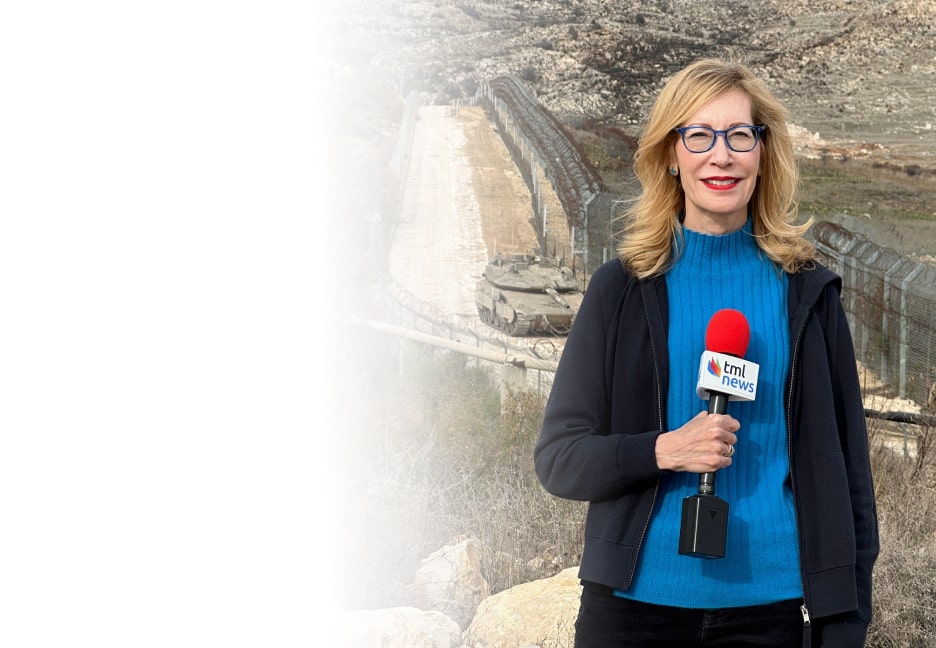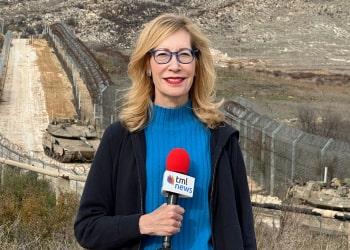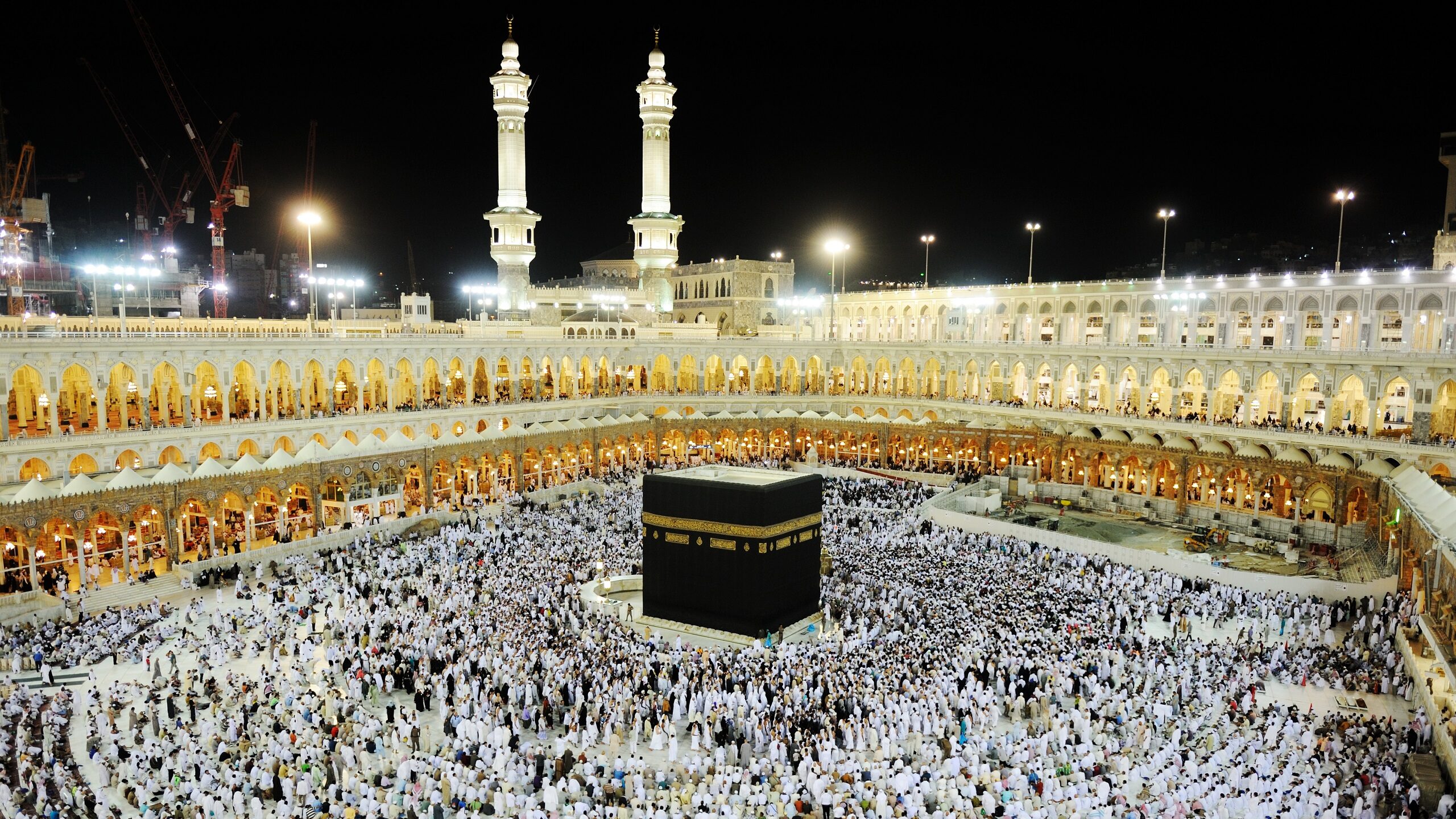Pilgrims Complete Hajj Rituals in Saudi Arabia Despite Extreme Heat
Masses of pilgrims took part Sunday in the symbolic stoning of the devil in Saudi Arabia, enduring the intense summer heat. This ritual marks the final days of the Hajj pilgrimage and the beginning of Eid al-Adha celebrations for Muslims worldwide.
The stoning is one of the last rites of Hajj, one of Islam’s Five Pillars. This event followed the gathering of over 1.8 million pilgrims at Mount Arafat near Mecca, where they performed the annual five-day rituals. On Saturday evening, pilgrims left Mount Arafat and spent the night in Muzdalifa, collecting pebbles for the stoning ritual.
The ritual takes place in Mina, a sacred site in Mecca, where Muslims believe Ibrahim’s faith was tested when God commanded him to sacrifice his son Ismail. God intervened and spared Ismail, according to Islamic tradition. In Christian and Jewish versions, Abraham is asked to sacrifice his son Isaac.
On Sunday morning, pilgrims traveled on foot to the stoning site, with many pushing disabled companions in wheelchairs along the multi-lane road. Despite carrying umbrellas for shade, many pilgrims, especially the elderly, struggled with the extreme heat. Medics and security forces were on hand to assist those who collapsed, transporting them to ambulances or field hospitals.
Pilgrims will spend up to three days in Mina, casting pebbles at three pillars to symbolize rejecting evil and sin. They will also visit Mecca to perform the “tawaf,” or circumambulation, around the Kaaba, both at the beginning and end of Hajj.
This holiday season, give to:
Truth and understanding
The Media Line's intrepid correspondents are in Israel, Gaza, Lebanon, Syria and Pakistan providing first-person reporting.
They all said they cover it.
We see it.
We report with just one agenda: the truth.


The rituals coincide with the four-day Eid al-Adha, which means “Feast of Sacrifice.” During this time, Muslims with the means commemorate Ibrahim’s test of faith by slaughtering livestock and distributing the meat to the poor. While most countries observed Eid al-Adha on Sunday, others, such as Indonesia, will celebrate it on Monday.
After completing the Hajj, men are expected to shave their heads and remove the white garments worn during the pilgrimage, while women cut a lock of hair as a sign of renewal and rebirth.
Many pilgrims then travel to Medina, about 210 miles away, to pray at Prophet Muhammad’s tomb in the Sacred Chamber. This tomb is part of the Prophet’s Mosque, one of the three holiest sites in Islam, along with the Grand Mosque in Mecca and Al Aqsa Mosque in Jerusalem.
All Muslims who are physically and financially able are required to perform the Hajj at least once in their lifetime. Many wealthy Muslims undertake the pilgrimage more than once. The rituals commemorate the accounts of Prophet Ibrahim, his son Ismail, Ismail’s mother Hajar, and Prophet Muhammad, as described in the Quran.
In 2024, more than 1.83 million Muslims participated in the Hajj, slightly fewer than the 1.84 million who took part the previous year, according to Saudi Hajj and Umrah Minister Tawfiq bin Fawzan al-Rabiah. Most of the Hajj rituals are held outdoors, with little to no shade, and this year’s pilgrimage fell during the scorching Saudi summer, with temperatures reaching 116.6°F at Mount Arafat on Saturday.
This year’s Hajj occurred against the backdrop of the Israel-Hamas war, which has pushed the Middle East to the brink of regional conflict. Palestinians in Gaza were unable to travel to Mecca for Hajj due to the closure of the Rafah crossing when Israel extended its ground offensive.
On Sunday, dozens of Palestinians gathered near a destroyed mosque in Khan Yunis to perform Eid prayers amid debris. In Deir al-Balah, prayers were held in a school-turned-shelter. Some visited cemeteries to honor loved ones.
In Lebanon, where Hezbollah has frequently clashed with Israel, visitors streamed into the Palestine Martyrs Cemetery near the Shatila Palestinian refugee camp in Beirut to lay flowers and water the graves of their loved ones, continuing a yearly tradition on the first day of Eid. The cemetery is the final resting place for many Palestinian Liberation Organization leaders and fighters, including top Hamas official Salah al-Arouri, who was killed in an Israeli airstrike in January.

